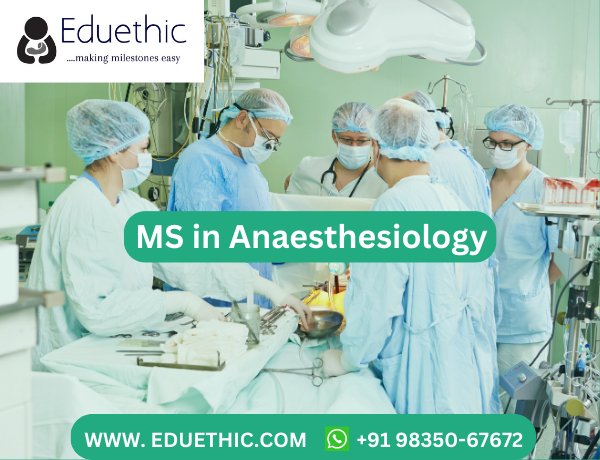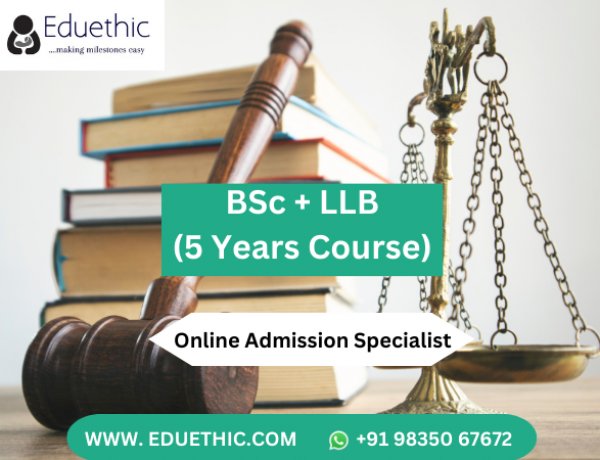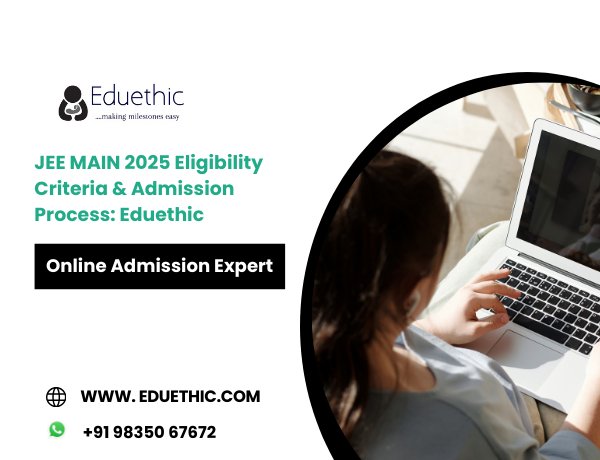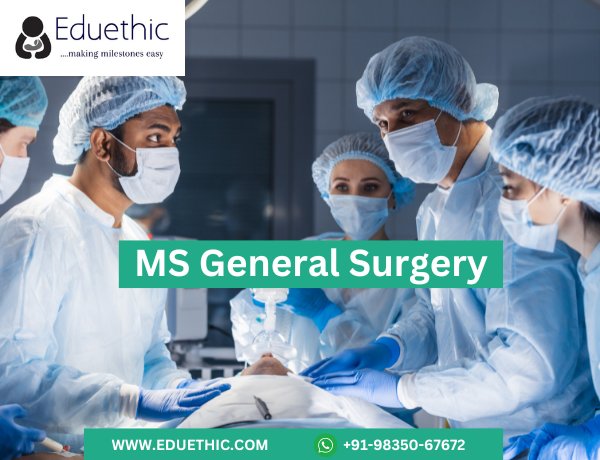Master of Surgery in Anaesthesiology Eligibility Criteria ,Top Colleges, Syllabus, Career Scope

MS in Anaesthesiology is a postgraduate course using anesthetic drugs to minimize pain and restore body function during surgery. The duration of this program is 3 years. This course is offered by most of the medical universities in the country, which MCI recognizes. Holders of the degree are licensed to practice and perform surgery as part of medical treatment.
The course involves study components such as ambulatory anesthesia, cardiothoracic anesthesiology, pediatric anaesthesiology, neuro anesthesia, obstetrical anaesthesiology, and pain management.
Enrolled students need to experience a long period of medical training prior to practice. The final course selection is based on the candidate’s entrance test scores, academic profile, and interview performance. The mode of admission is a relevant entrance examination by different universities. If you are passionate about surgery, you can pursue a Master of Surgery in Anesthesiology.
Course Overview
|
Course Level |
Post Graduate |
||
|
Duration |
3 years |
||
|
Examination Type |
Yearly |
||
|
Eligibility |
MBBS degree from a recognized university |
||
|
Admission Process |
Based on counselling after qualification of a relevant entrance tests (AIIMS, NEET, etc.) |
||
|
Course Fee |
INR 1.5 Lakhs p.a. |
||
|
Average Starting salary |
INR 2 to 30 Lakhs p.a. |
||
|
Top Recruiting Companies |
Apollo hospital, Ganga Hospital, UPSC, and AIIMS, etc. |
Eligibility Criteria
- Candidates have completed MBBS from an institute recognized by the Medical Council of India (MCI).
- Candidates must have a minimum aggregate score of 55% or equivalent CGPA at graduation.
Admission Process
Interested qualified candidates are offered admission to the program in India mostly based on a relevant entrance exam. Often subsequently, two additional rounds of Group Discussion and Personal Interviews are held as part of the counselling procedure, wherein the candidate’s general aptitude for the course is examined. A merit list is then released, allotting available seats to qualifying candidates. Some such exams held in the country for admission to the course are:
- AIIMS Post Graduate – Post Doctoral Courses Entrance examination
- AIPGMEE – All India Post Graduate Medical / Dental Entrance Examination
- All India Common Medical Entrance Test for MBBS and PG
- Amrita Vishwa Vidyapeetham University Entrance examination
Syllabus
|
Year I |
Year II |
|
Anatomy |
Relevant anatomy of each system |
|
Principles of physics and use of equipment in anesthesia |
Physics of equipment used in anesthesia |
|
Physiology |
Sterilization of equipment |
|
Pharmacology |
Computers, Utility, computer assisted leaning and data storage. Computerized anesthesia records. |
|
Biochemistry |
Pharmacology of drugs used in cardiovascular, respiratory, endocrine, renal diseases and CNS disorders. |
|
Documentation and medico-legal aspects of anesthesia. |
Acid-base and electrolyte balance |
|
Cardiopulmonary Resuscitation; |
Interpretation of blood gases and other relevant biochemical values |
|
Neonatal resuscitation. |
various function tests and basics of measurement techniques, ECG |
|
Introduction to Research methodology, Random clinical trials etc. and basics of biostatistics. |
Pediatrics — Prematurity, Physiology, anatomy of neonate vs. adult. |
|
Preoperative assessments and medication - general principals. |
Principles of monitoring equipment used for assessment of |
|
Introduction to anatomical physiological, pharmacological and biochemical aspects of pain and pain management. |
Working principles of ventilators. |
|
Introduction to artificial ventilation. |
Special anesthetic techniques as relevant to outpatient anesthesia, hypotensive anesthesia, anesthesia in abnormal environments and calamitous situations. |
|
Oxygen therapy |
Anesthetic management in special situations - Emergency, ENT, Ophthalmology, Obstetrics, Obstetric analgesia. Plastic, Dental. |
|
Introduction to the operation theatre, concepts of PACU and ICU. |
Radio-diagnosis and Radiotherapeutic procedures and patients with systemic diseases. |
|
Recovery from anesthesia. |
Medical statistics relevant to data collection, analysis, comparison and estimation of significance. |
|
Shock – pathophysiology, clinical diagnosis and management. |
Journal clubs. |
|
Pulmonary function tests - principles and applications. |
|
|
Specialty Anesthesia |
|
|
Principles of pediatric anesthesia, management of neonatal surgical emergencies, RA in infants. |
Anesthesia for otorhinolaryngology with special emphasis on difficult airway management. |
|
Basics of orthopedic anesthesia. |
Blood and blood component therapy. Anesthetic implications in coagulation disorders. |
|
Day care anesthesia. |
Monitored anesthesia care. |
|
Rural anesthesia - anesthesia for camp surgery. |
Anesthetic implication in Diabetic mellitus, thyroid and parathyroid disorders, pheochromocytoma, Cushing disease etc. |
|
Anesthesia outside the OR and in special situation |
Principles of geriatric anesthesia |
|
Principle of management in Trauma, disorders and mass casualties |
|
|
Year III |
|
|
Anesthesia for patients with severe cardiac, respiratory, renal and hepatobiliary disorders posted for unrelated surgery |
Principles of neonatal ventilation and critical care. |
|
Specialty Anesthesia |
Principles of human resources and material management. |
|
Principles of anesthetic management of neuro / cardiac / thoracic / vascular/ Transplantation / burn and plastic surgery. |
General principles of medical audit |
|
Principles of one lung anesthesia. |
Career Prospects
Anesthesiologists are physicians who control and administer anesthesia prior to a surgical procedure. They are only needed during operations and not required to stay in the hospital for hours on end.
As perioperative physicians, anesthesiologists also work in:
- ICUs,
- PACUs,
- Pain clinics,
- Infusion centers,
- Ambulatory surgical centers.





















